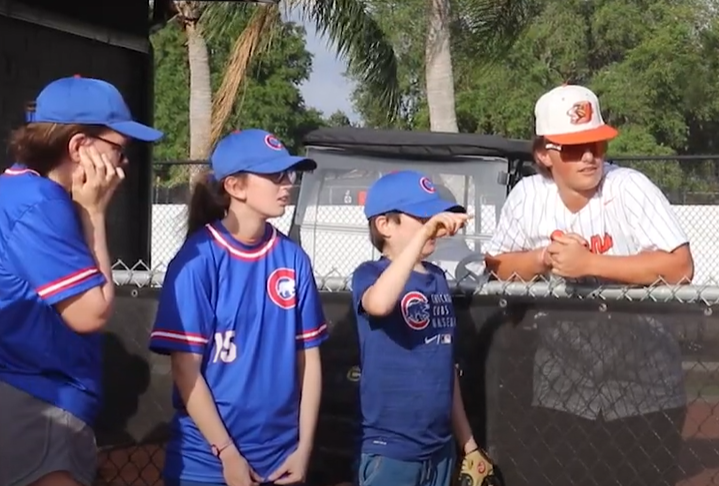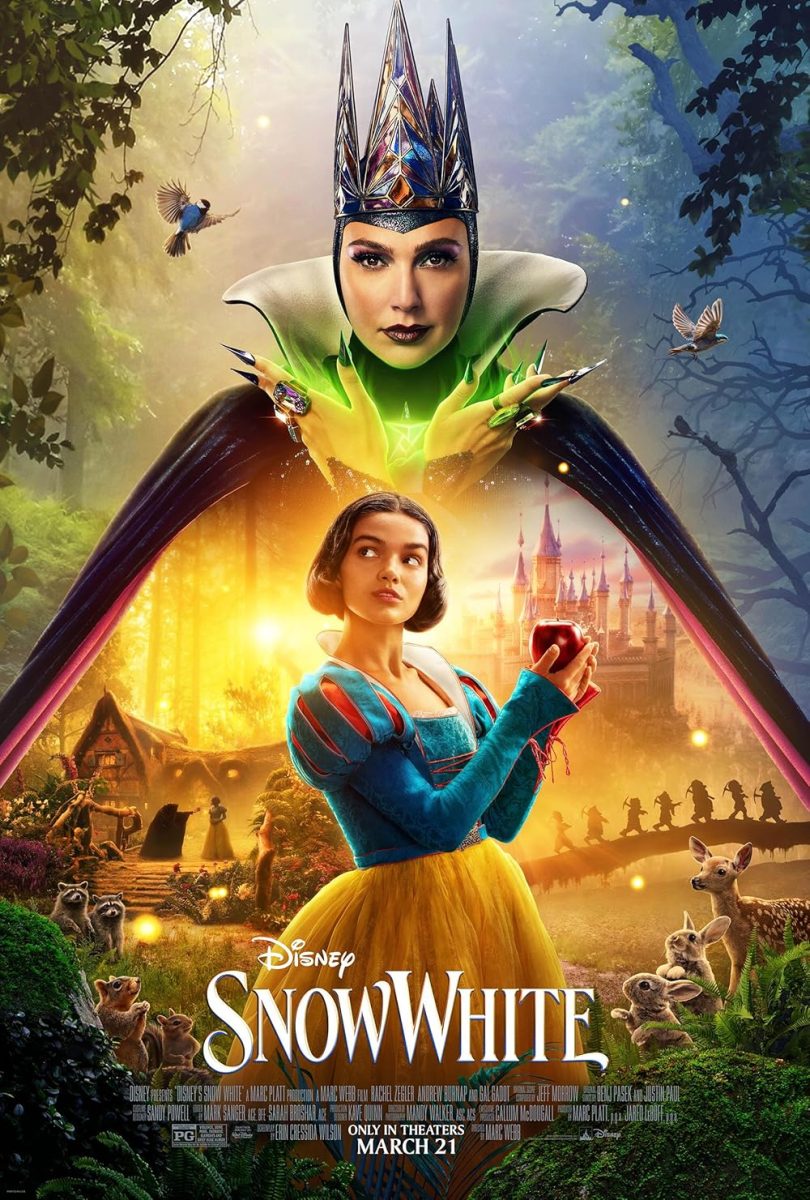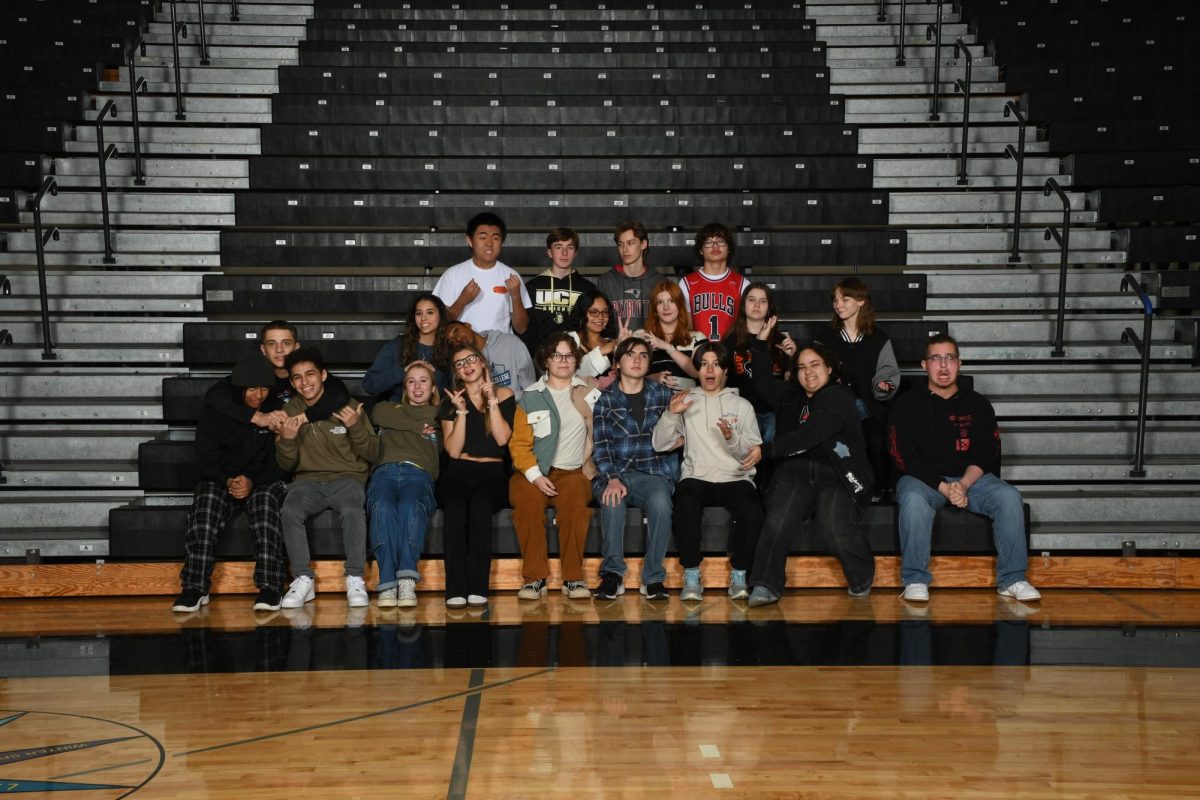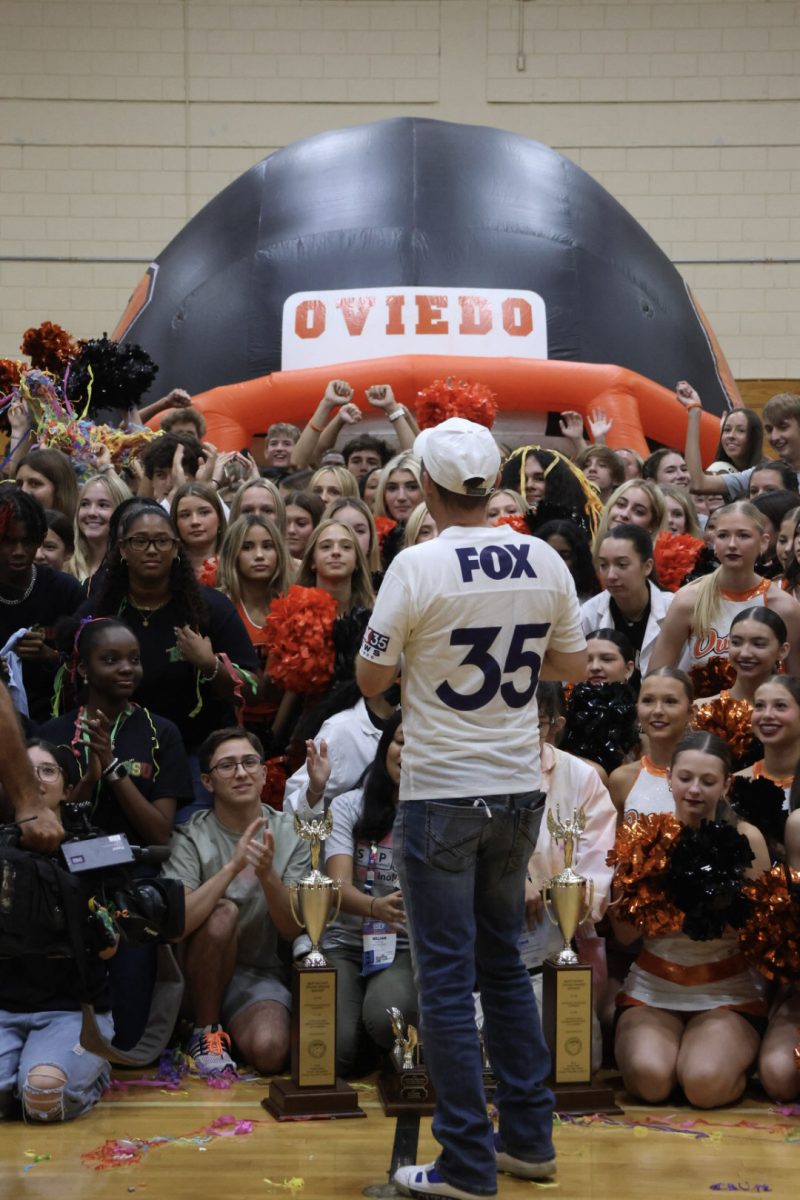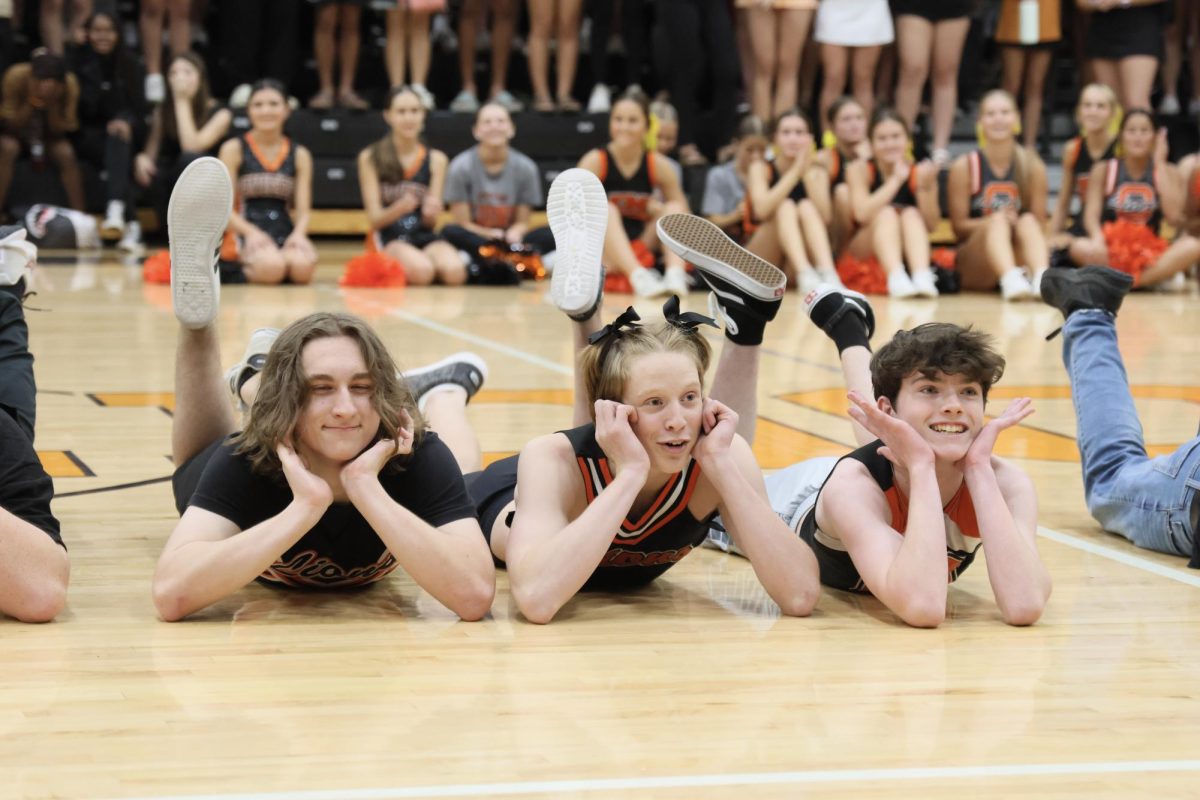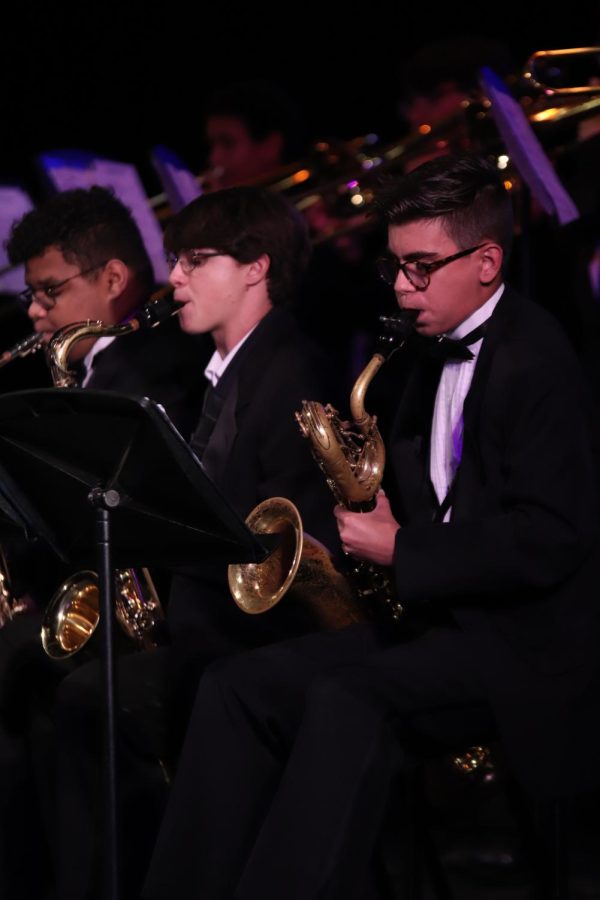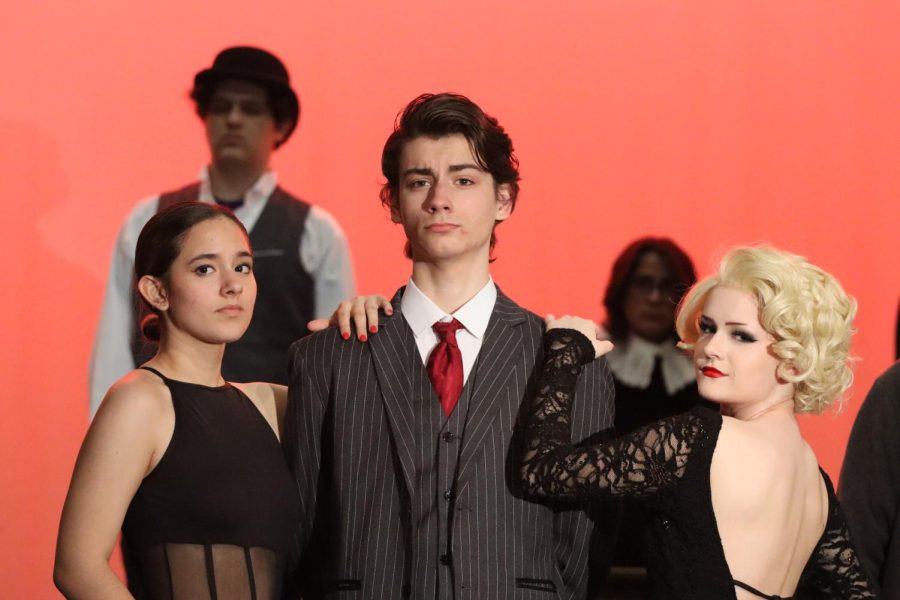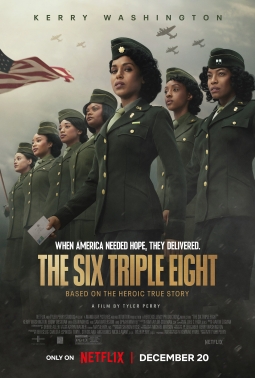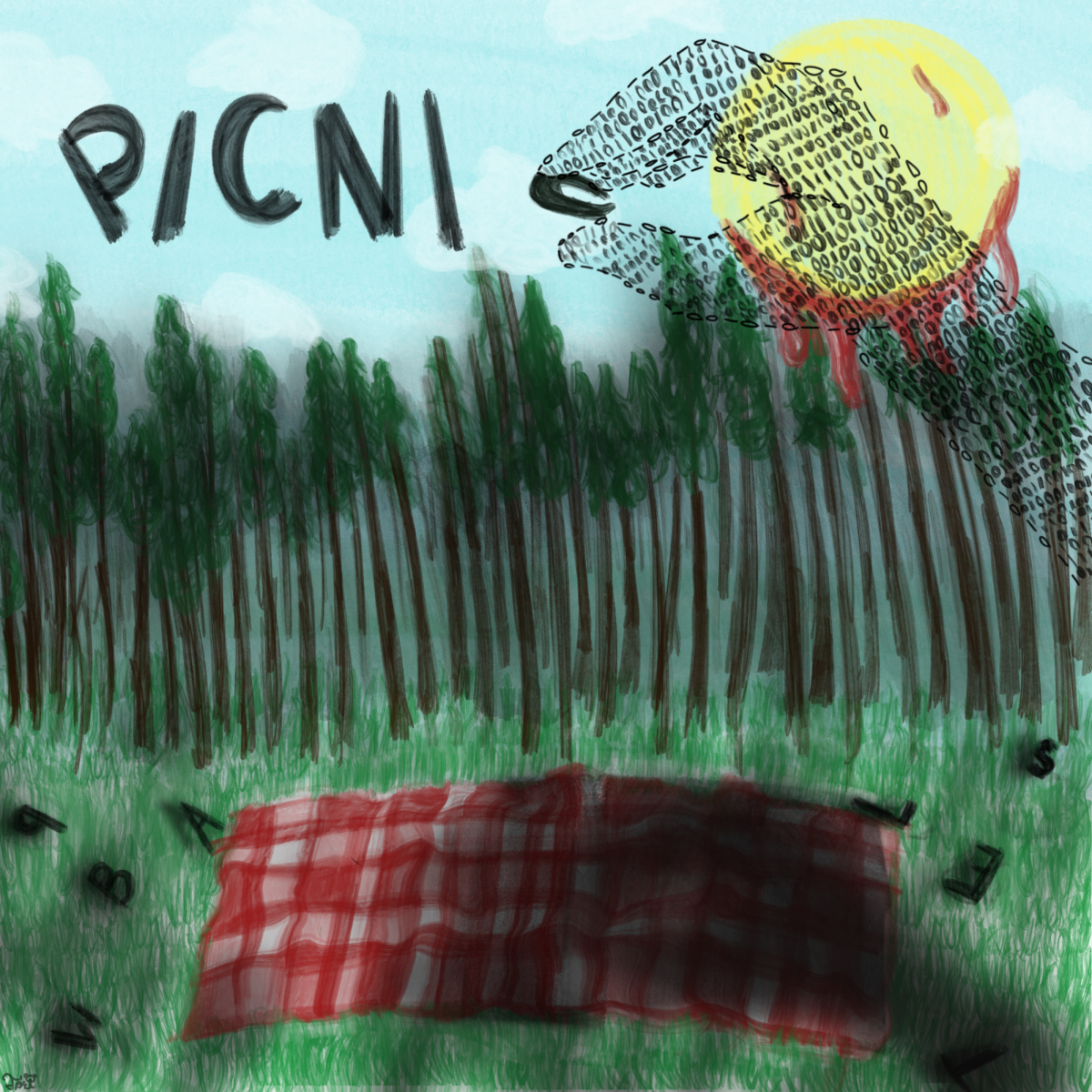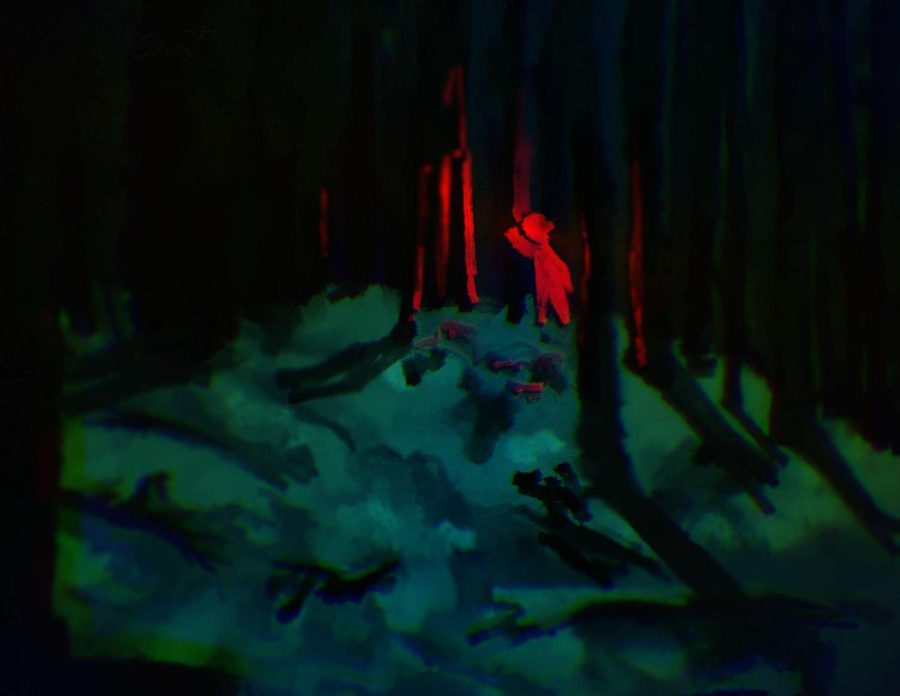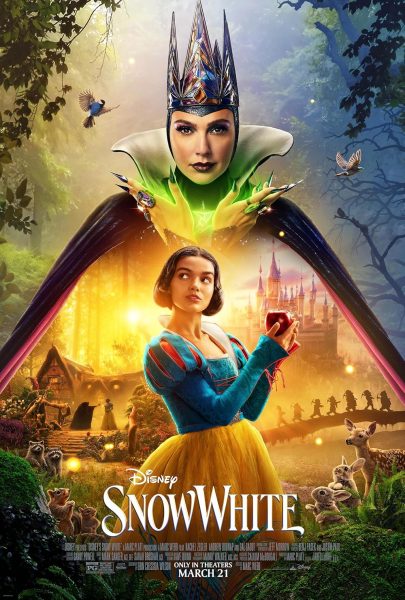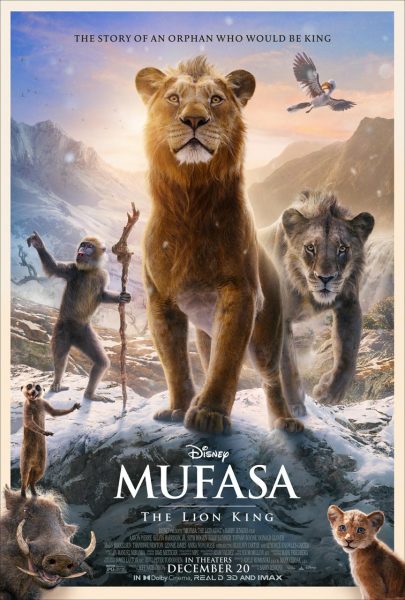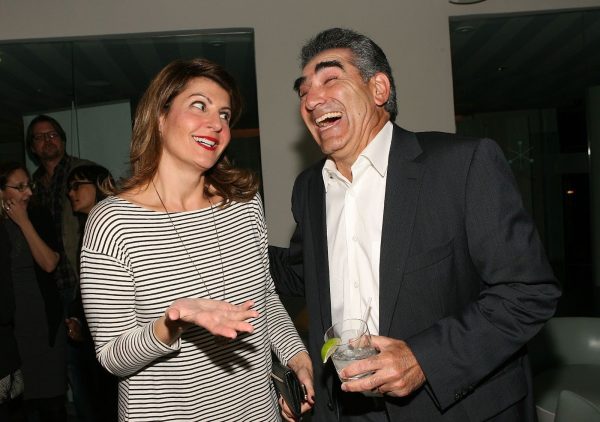“Shang-Chi” and its steps to better representation
This story was originally published in the first edition of The Lion’s Tale (October 7th, 2021).
With Avengers: Endgame making the future of Marvel grim for many avid watchers, Shang-Chi and the Legend of the Ten Rings brings a new promising light to the franchise. The story follows Shang-Chi, a boy who ran from his traumatic childhood and had to face his past to save his loved ones and future. The strong cast including Simu Liu, – who plays our titular character – along with Awkwafina as “Katy” and Michelle Yeoh as “Jiang Nan” performed beautifully with dialogue that immerses the story more in the life of Shang-Chi.
The relationships were thoroughly built with no forced romance between Katy and Shang-Chi, unlike most Disney or Marvel films. The smoothness of the jokes flowed along with the scenes and never seemed forced. The choreography was fluent with how the fight scenes were able to fit in without feeling unnecessary or hard to follow. The graphics used in the movie were quite eye-catching with the many different set designs in the movie, from the bustling San Francisco to the mystical sight of the village of Ta-Lo.
The movie’s starring cast weren’t the only features of Asian representation of course, the choreography and cinematography were both inspired by multiple sources such as the Ip Man series, Kung Fu Hustle, and Tai Chi Master. The director, Destin Cretton, used these films and other sources like anime to evoke many different emotions during fight scenes that are unlike many other action films. Cretton mentioned how he decided to work on the film to encourage Asian children and be able to see themselves in a superhero. Another notable accomplishment, the Shang-Chi: Master of Kung Fu soundtrack, was composed by all Asian artists, including Saweetie, NIKI, Keshi, and JJ Lin.
For many, this film was never pictured to be made with the history of the comics. The original comic, named “Shang-Chi: Master of Kung Fu”, ran for 125 volumes. A known fact about the new film was how Disney changed the original story to get rid of its previous racist tones to a more acceptable and more enjoyable experience for audiences. The original story made the villain, “Fu Manchu”, a stereotypical evil Asian warlord with the only goal to conquer the west. The story was strongly based around Kung Fu due to the spiked interest in martial arts when the comics were popular.
With the new revamped story, the characters were able to be a lot more three dimensional and were able to feel more human than their precursor. The story’s new concept surrounding family, instead of having Kung Fu being the major selling point, lessens the racial views of the original comics in the ’70s. The main villain, Wenwu, – played by Tony Leung – creates more of a conflict with Shang-Chi, considering their rocky relationship.
Wenwu has more of a role in the story than being a good kung fu fighter which was what Fu Manchu was only known for. And as explained in the film, Wenwu also carries on the role of “The Mandarin”, Iron Man’s most notorious villain which was first “introduced” to the MCU back in Iron Man 3, not to many fans’ delight. Here, Wenwu clears up Marvel’s past mistakes and develops both The Mandarin and Fu Manchu as fleshed out characters free of racial stereotypes.
The movie is also renowned for its Asian representation as soon as it was announced to be made and proved it’s worth being praised for. From a Marvel standpoint, Black Panther was the only movie before centered around people of color, but with Shang-Chi and the Leg- end of the Ten Rings release, this brings a new future for more Marvel movies based around far diverse communities.
Both movies were able to showcase their cultures quite beautifully without any negative undertones. Each also brought audiences entertaining and multilayered stories which explored how each corner of the world had been treated throughout history: Killmonger and T’Challa’s back and forth between how Wakanda should stand in a world where black people are still underrepresented, and Shang-Chi’s juxtaposing position between Chinese and American life, and the ways he’s been treated well and abused by each half of the world.
In the end, Shang-Chi and the Legend of the Ten Rings is a visually stunning and strongly written film that both corrects Marvel’s past mistakes when handling the Asian world in their comics while setting up a bright future for the MCU in regards to a more diverse and culturally rich uni- verse of characters and worlds. Already having been knighted as an Avenger, Shang-Chi is set to return and make himself a staple in the MCU with a long future ahead of him and his corner of the world. Now, we are left to wonder what other cultures and peoples are going to find their rightful spot in this universe of heroes, and just how they’ll inspire young children of all backgrounds for years and years to come.
Your donation will support the student journalists of Oviedo High School. Your contribution will allow us to purchase equipment and cover our annual website hosting and printing costs. Thank you!

![Prom king Colin Napier and queen Leah Hopkins dance the night away during the Golden Gala on April 26th. Prior to the prom, the Student Government must make many preparations over the course of months in order to ensure it goes off without a hitch. However, their work eventually pays off when it comes time for the dance. “We set up [the prom] the day before, and it’s horrible. We’re there for a very long time, and then we get our beauty sleep, and then we get ready for prom the next day,” Aubrie Sandifer said.](https://oviedojournalism.com/wp-content/uploads/2025/05/Oviedo-197-800x1200.jpg)
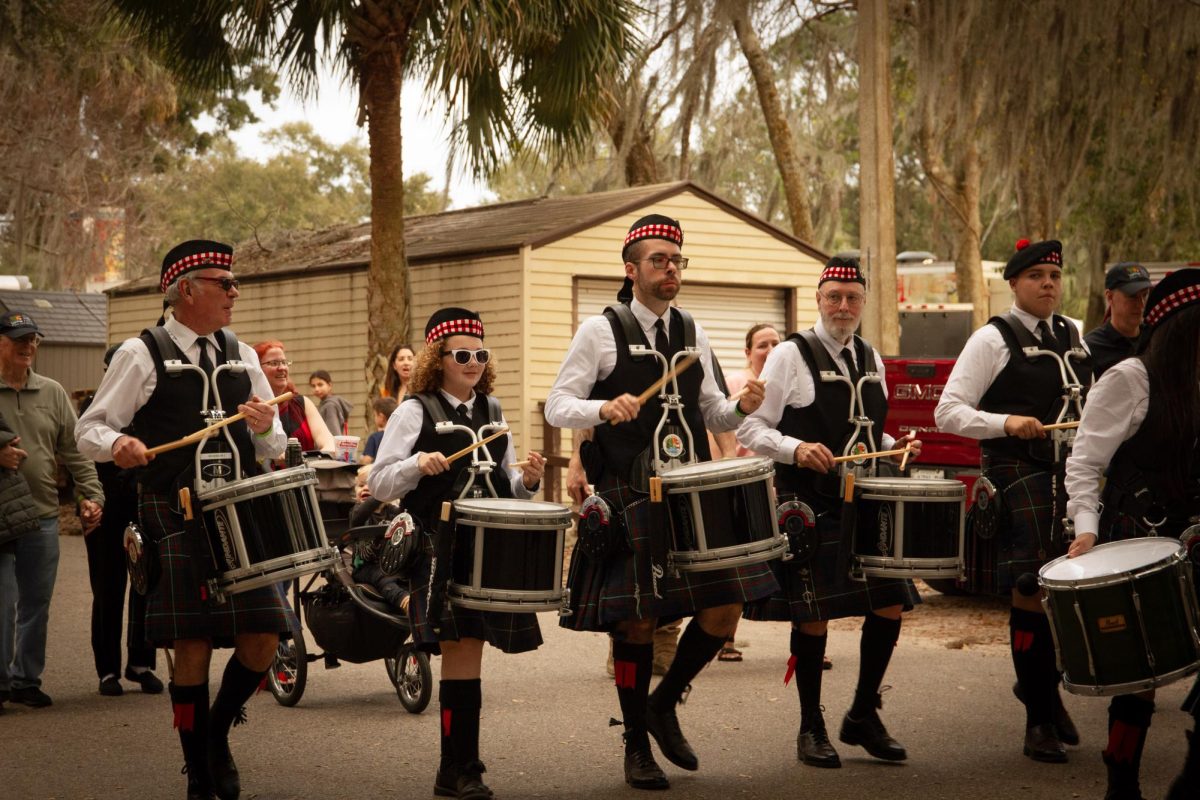

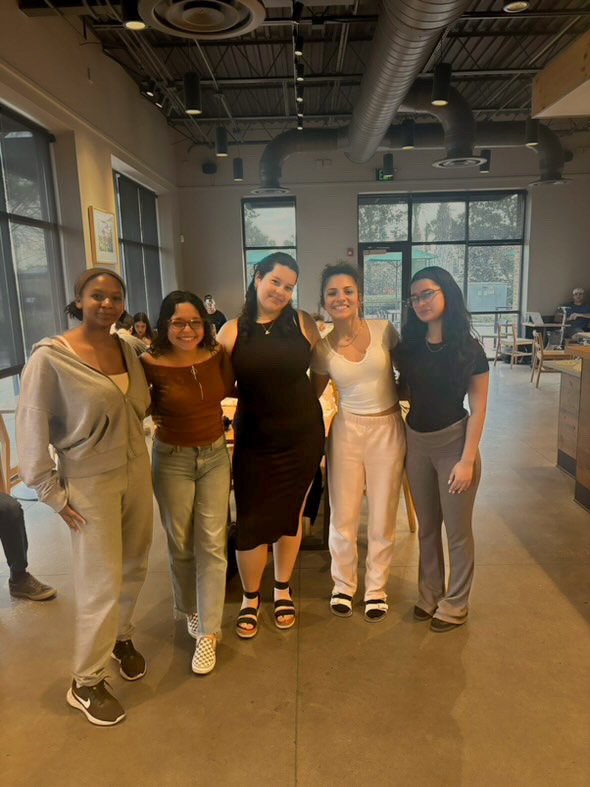



![Hopkins at Honor Grad with golf coach John McKernan. As Hopkins’ golf coach for the last two years he has seen Hopkins’ growth as a player and person along with their contributions to the team. “[Hopkins] has just been really helpful since I took [the golf team] over, just anything I wanted to do I ran by [Hopkins],” said McKernan.](https://oviedojournalism.com/wp-content/uploads/2025/05/B66A7760-800x1200.jpg)


